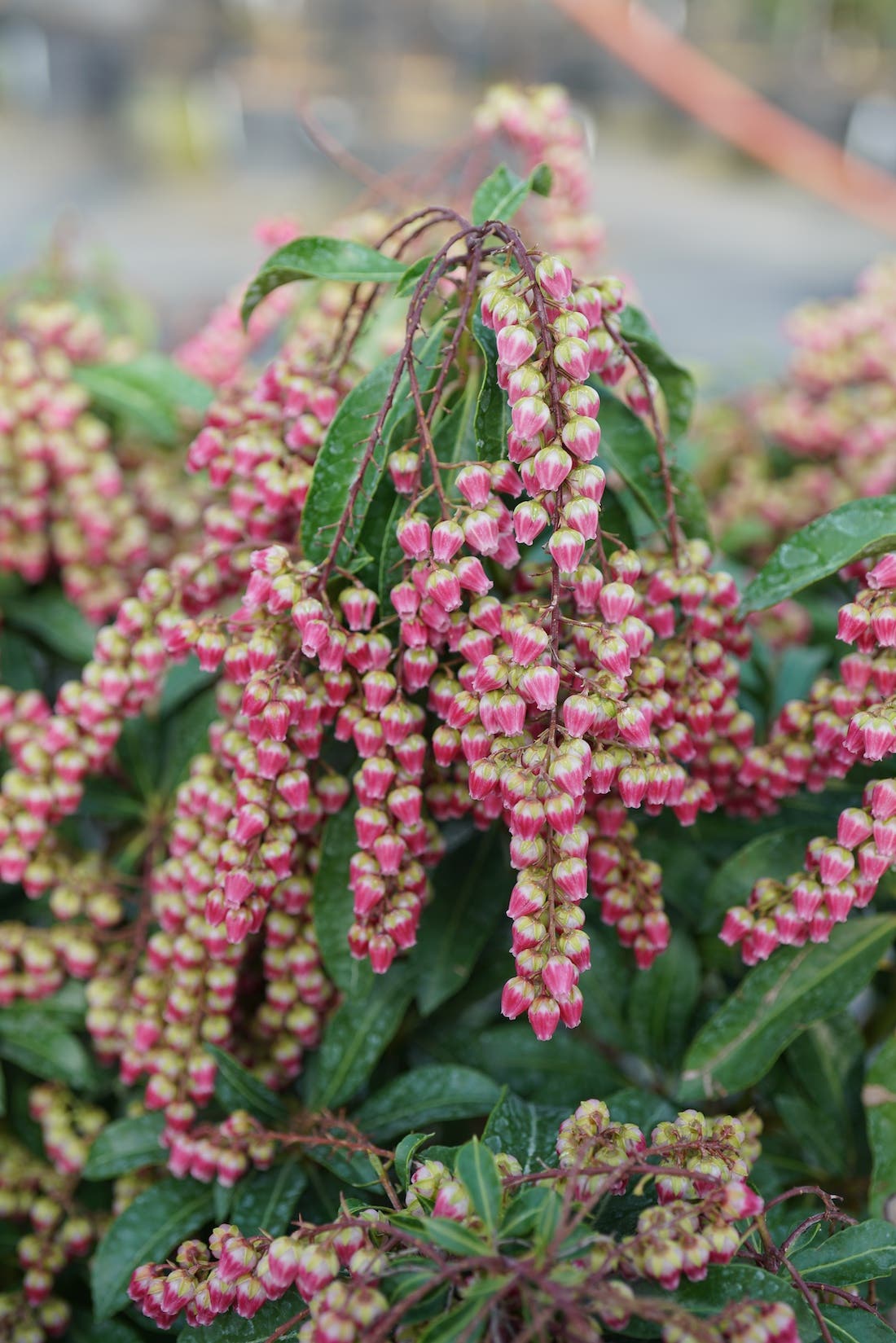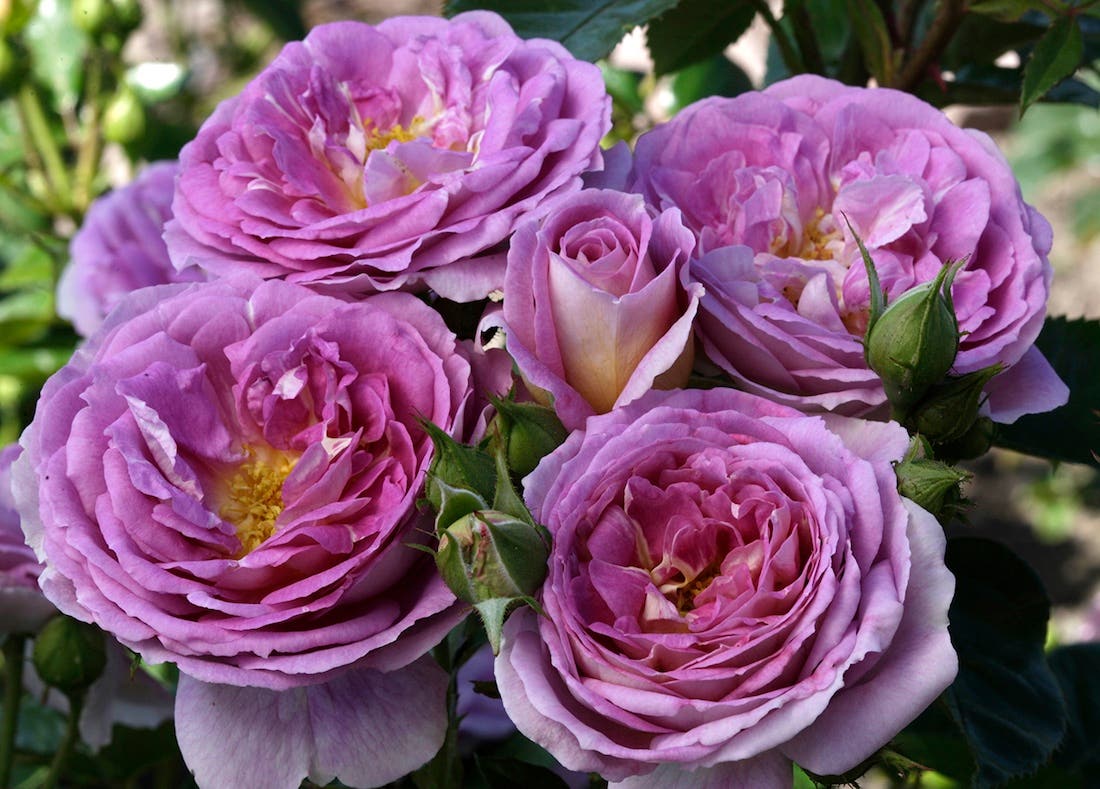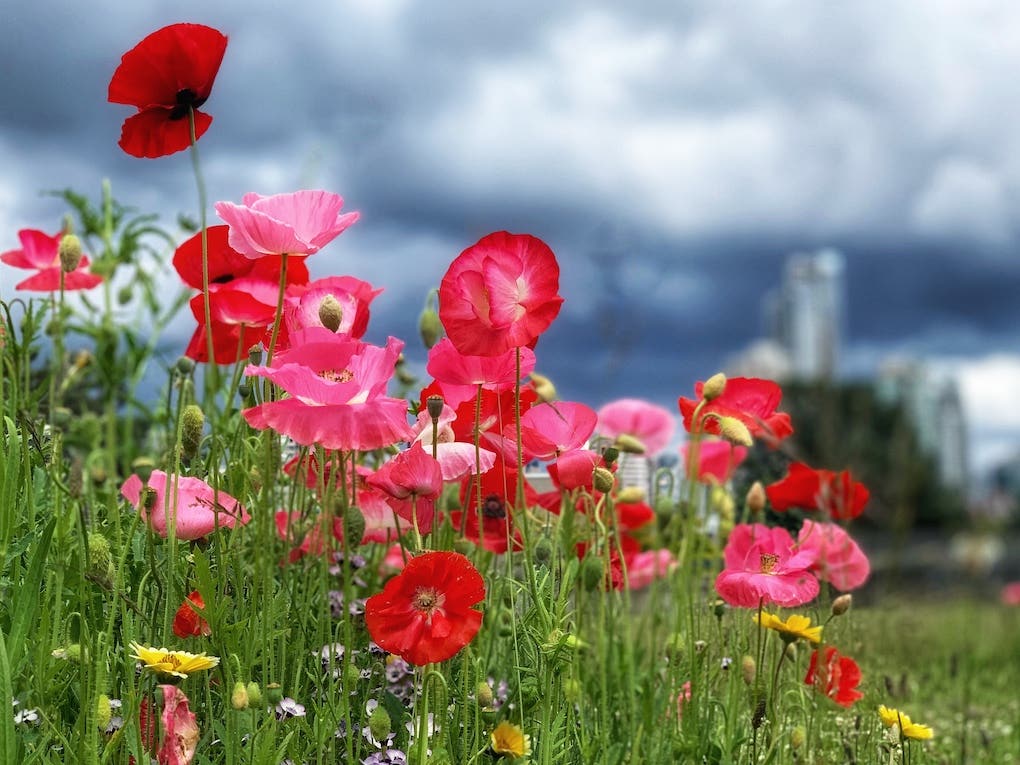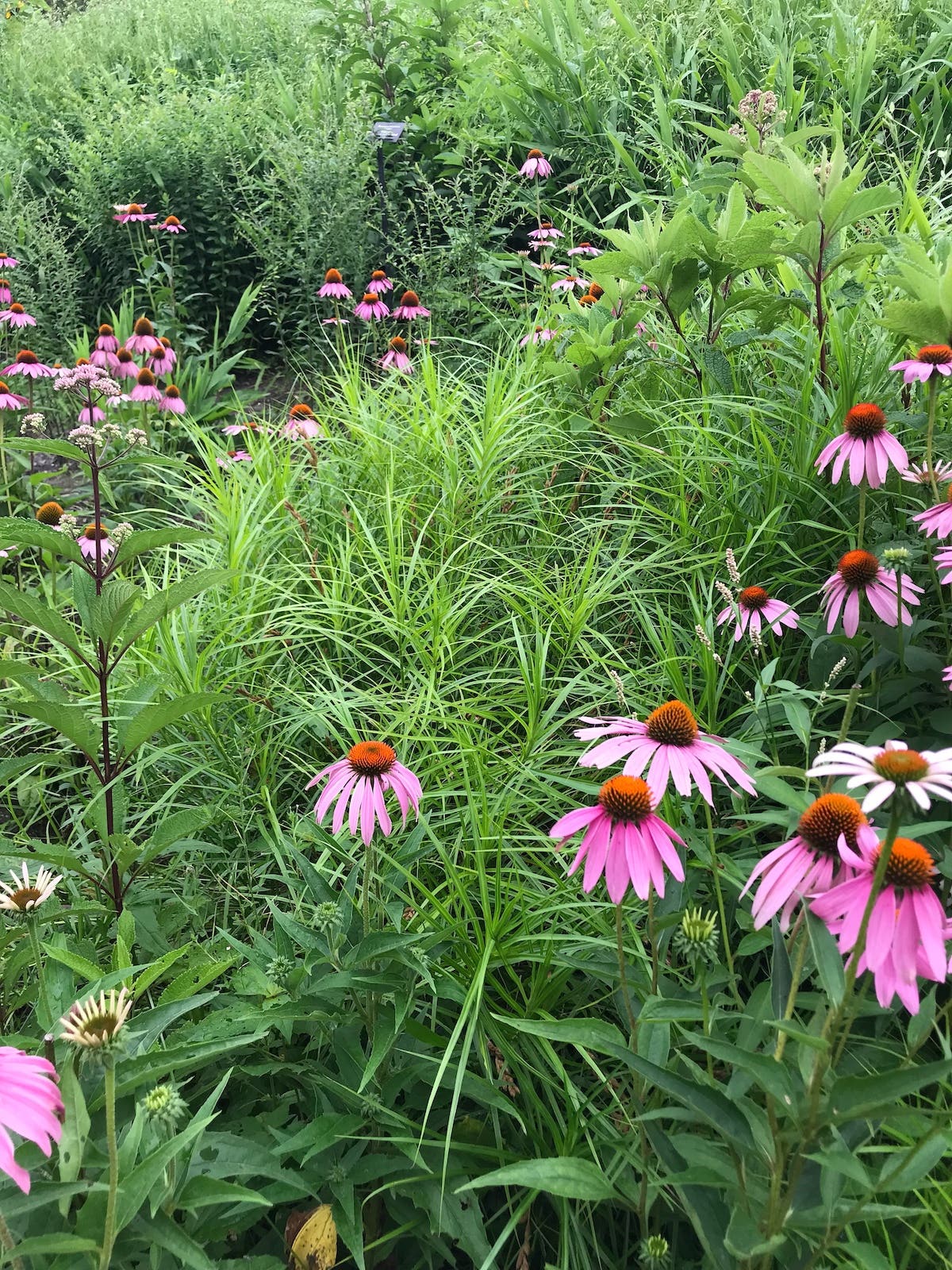Don’t Miss Out on Planting Fall Vegetables
There is an abundance of cool-season veggies to choose from when planning a fall garden. Timing is key: for warm regions, crops should be planted from late summer to early…
There is an abundance of cool-season veggies to choose from when planning a fall garden. Timing is key: for warm regions, crops should be planted from late summer to early fall to be harvested in late fall to early spring. In colder areas, seeds might be started in midsummer to be ready for transplanting in early autumn.
Raised beds are an excellent option for a vegetable garden. You ensure the soil is appropriate for your garden, which will drain well and be loose enough for root vegetables to easily penetrate. You can also start them in pots indoors under grow lights. If you start them inside, seedlings should be hardened off just as they are in spring; gradually let them adjust to the stronger sunlight of the outdoors.
The hardiest vegetables that can tolerate the coldest frosts are kale, spinach and collards. Other hardy crops are bok choi (shown) broccoli, Brussels sprouts, cabbage, English peas, kohlrabi, leeks, mustard greens, parsley, radish and turnip. Semi-hardy vegetables tolerate light frosts and are great for spring and fall gardens in mild climates: beets, carrot, cauliflower, celery, Chinese cabbage, endive, Irish potatoes, lettuce and salad greens, radicchio, rutabaga, salsify, Swiss chard. Even gardeners in very cold regions can enjoy fresh produce over the late fall and winter by using season-extending aids such as cold frames and tunnels.
Learn all about year-round vegetable gardening regardless of climate in Eliot Coleman’s Four Season Harvest.
Solve every vegetable-gardening problem with The Veggie Gardener’s Answer Book.







